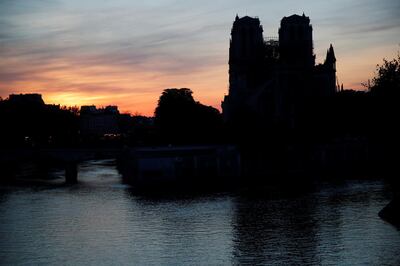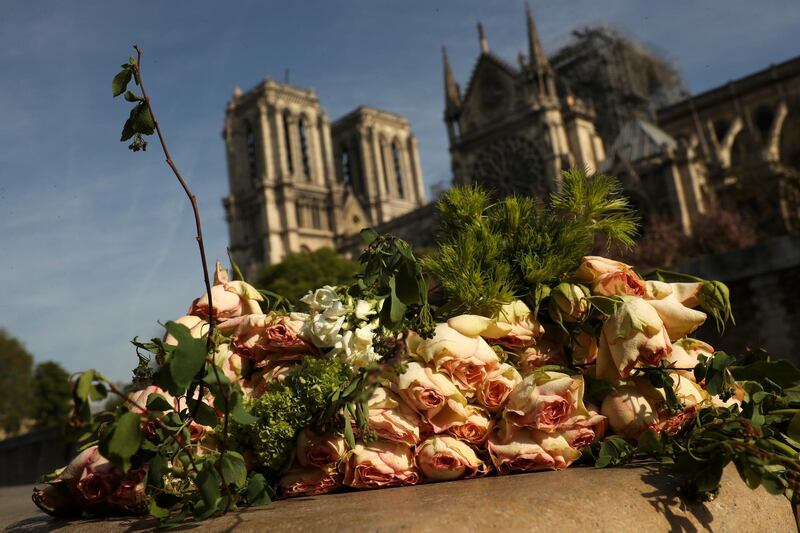“Paris! Paris violated! Paris broken! Paris martyred!”
Those words were uttered, not this week but by general Charles de Gaulle when he entered a liberated Paris on August 25, 1944. German snipers were still active on rooftops. German, American and French tanks were smouldering on the Place de la Concorde.
The calamitous fire which disfigured Notre-Dame cathedral on Monday has produced just as eloquent an outpouring of grief from all over the world.
But De Gaulle’s words remind us that Paris has seen worse.
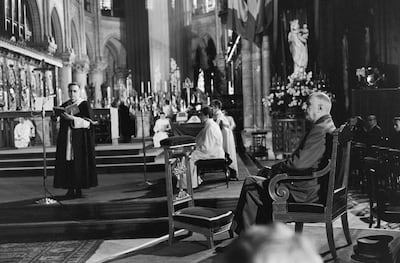
It has seen worse than the accidental desecration by flames of a beloved 850-year-old cathedral. It has seen far worse than the burning of news kiosks on the Champs Elysees by yellow vest rioters last month. And it has seen far worse than the graffiti which was scrawled on the Arc de Triomphe by the same gilet jaunes protesters in December last year.
Paris has undoubtedly been on a bad run recently, but then, it has been for centuries.
In the last 250 years alone, the city has endured a four-year foreign occupation, three revolutions, a famine, a siege, a Communist rebellion brutally repressed, a long-distance bombardment by giant guns during the First World War and, nearly four years ago, co-ordinated terrorist attacks which killed 130 people.
Despite all those outrages, the city has always rebounded as a city of light, of love, of art, of intellectuals; a city of rude waiters, unhelpful taxi drivers and peerless cuisine (as well as some less than peerless); and a city of more consistent architectural elegance than any other capital in the world.
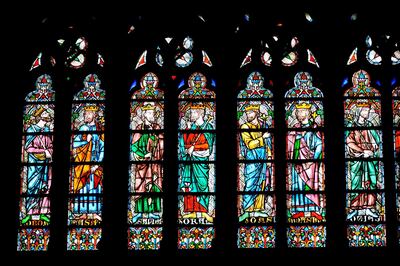
As an Englishman who has lived in Paris for 22 years, I felt deep sorrow at what happened to Notre-Dame cathedral on Monday. You can easily become blase about beauty in Paris but I never glimpse Notre-Dame – and it seems to appear around every corner – without a feeling of joy and reassurance.
Here is a building which has stood, in various forms, at the heart of Paris for hundreds of years, on a site which has seen bigger and grander houses of worship built over millennia, starting with a Roman temple dedicated to Jupiter. Here is a building which was already an emblem of Paris when the majority of Parisians were still living in wattle and daub huts on an island.
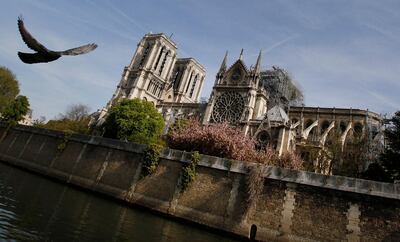
Notre-Dame is not the largest or most spectacular of medieval cathedrals but its setting makes it the most elegant and perhaps the most beautiful. From its position in the middle of the river Seine, the cathedral resembles a giant swan or a great sailing ship permanently floating downstream towards the sea.
It did not surprise me that Monday’s calamity pierced hearts all over the world. Paris is, it seems, everyone’s favourite city – or at least their second favourite.
I made that discovery last month when I started an online crowdfunding appeal for the news vendors whose kiosks had been burned or damaged by yellow vests and far-left rioters on March 16. Money poured in from all over the world – from France, from Britain, from many countries in the EU, from the US, Canada, Australia and China. Many donors said that they saw an attack on Paris as an attack on themselves.
Paris symbolises joie de vivre and a certain lightness of being. Does the city still deserve that reputation? Yes – and also no.
For tourists, yes. The city has probably never looked so beautiful. When I first visited Paris with my Belgian godmother in 1964, at the age of 14, I was shocked at how dilapidated and dirty it looked (and I lived in the industrial north Midlands at the time).
The city, at that time, had scarcely recovered from the war. Even the Louvre and Notre-Dame were covered in grime.
Now, thanks to the city’s former mayor Jacques Chirac, all buildings are scrubbed clean every 10 years. Now, thanks to former president Francois Mitterrand, the entrance to the Louvre has been adorned with a glass pyramid and an early 1900s disused railway station on the other side of the river has become a monument to 19th century art.
Now, thanks to its present mayor Anne Hidalgo, cars have been banished from the lower quays of the right bank of the Seine. You can stroll or cycle through the most beautiful riverscape in Europe.
In other ways, the city is no longer what it was. It is no longer the city of avant-garde art and ideas. It is no longer the naughty Paris of the 1890s or 1930s. Amsterdam is much raunchier. Pigalle has become a strange blend of seedy and chi-chi.
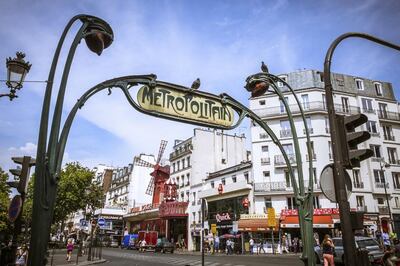
Where is the equivalent of the club of Impressionist painters in the late 19th century; or the tribe of exiled American and other writers in the 1920s and 1930s; or the Sartre-De Beauvoir gang of intellectuals in the 1950s and 1960s?
Even in the two decades that I have lived there, the city has diminished in ways that are invisible to visitors. The Parisians are being forced out – not just the poorer Parisians but reasonably well-off Parisians and certainly their grown-up children – by the cost of flat rentals and property prices.
Schools that were turning away children 20 years ago can no longer fill their places. Young middle-class Parisians have been exiled to safe inner suburbs or into the once-avoided, “popular” eastern and northern parts of the city. Poorer Parisians are being displaced into the further rings of less safe suburbs – the sprawling doughnut of the banlieues, which surround the city for up to 30 kilometres in each direction.

Something similar has happened in all the thriving metropolises of France – Toulouse, Bordeaux, Grenoble, Strasbourg, Rennes and Nantes. Hence, in part, the gilets jaunes movement – a rebellion against the insolent success of metropolitan France, by people who feel themselves to have been dumped in unlovely, outer suburbs or neglected in rural towns.
The violence of some gilets jaunes protests has often seemed like an attack on the city of Paris, a place conquered by the rich, as much as an attack on president Emmanuel Macron or the institutions of the French state.
But just as the kiosks on the Champs Elysees were replaced in a week, the gilets jaunes graffiti rubbed out in a day, Notre-Dame will be rebuilt.
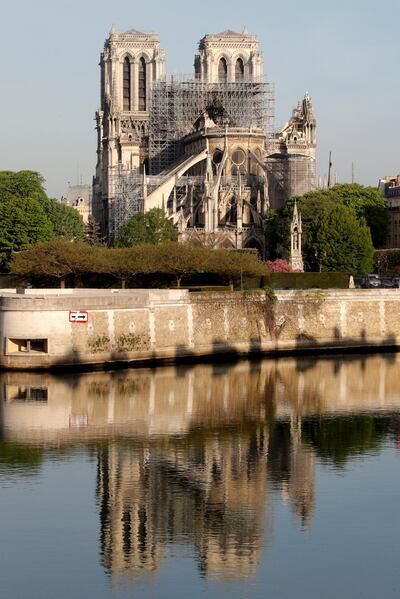
Other more insidious types of destruction of a great city – a city of grit as well as a city of light – will never be reversed. Yes, I mourn Notre-Dame. But I also mourn the sprawling Samaritaine department store, which once occupied five separate buildings a couple of hundred metres away on the right bank of the river.
In the old Samaritaine, you could buy anything from a concrete mixer to a diamond tiara, a puppy to a tarantula. At least, you could try to buy them, if you could persuade the shop assistants to leave their chatter.
The site is now owned by the LVMH luxury empire and is being converted into tourist supermarkets for luxury brands, upmarket apartments and a posh hotel. There will be no global appeal to save Samaritaine. The boss of LVMH, Bernard Arnault has, in fact, pitched €200 million into the pot for the rebuilding of Notre Dame.
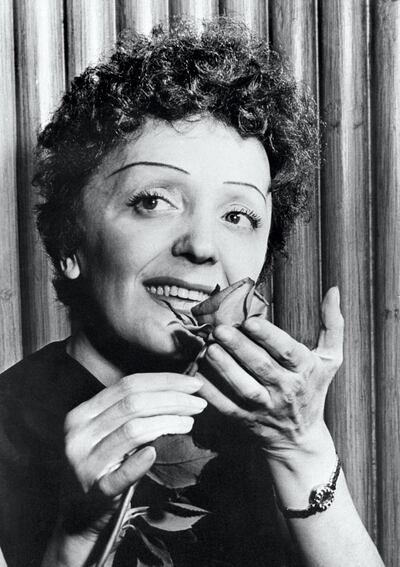
In her song Paris, Edith Piaf sang: "Paris is joy. Paris is also gentleness. It is our tenderness…Of course there are some times, moments when things get hard. But all turns out well. By my faith, with Paris, it's always so easy."
For wounded Notre-Dame, things will work out in the end, no doubt. But much of what made the tough, quirky, slightly shambolic, lived-in Paris that Piaf knew is vanishing, never to return again.
John Lichfield is a Paris-based freelance journalist
